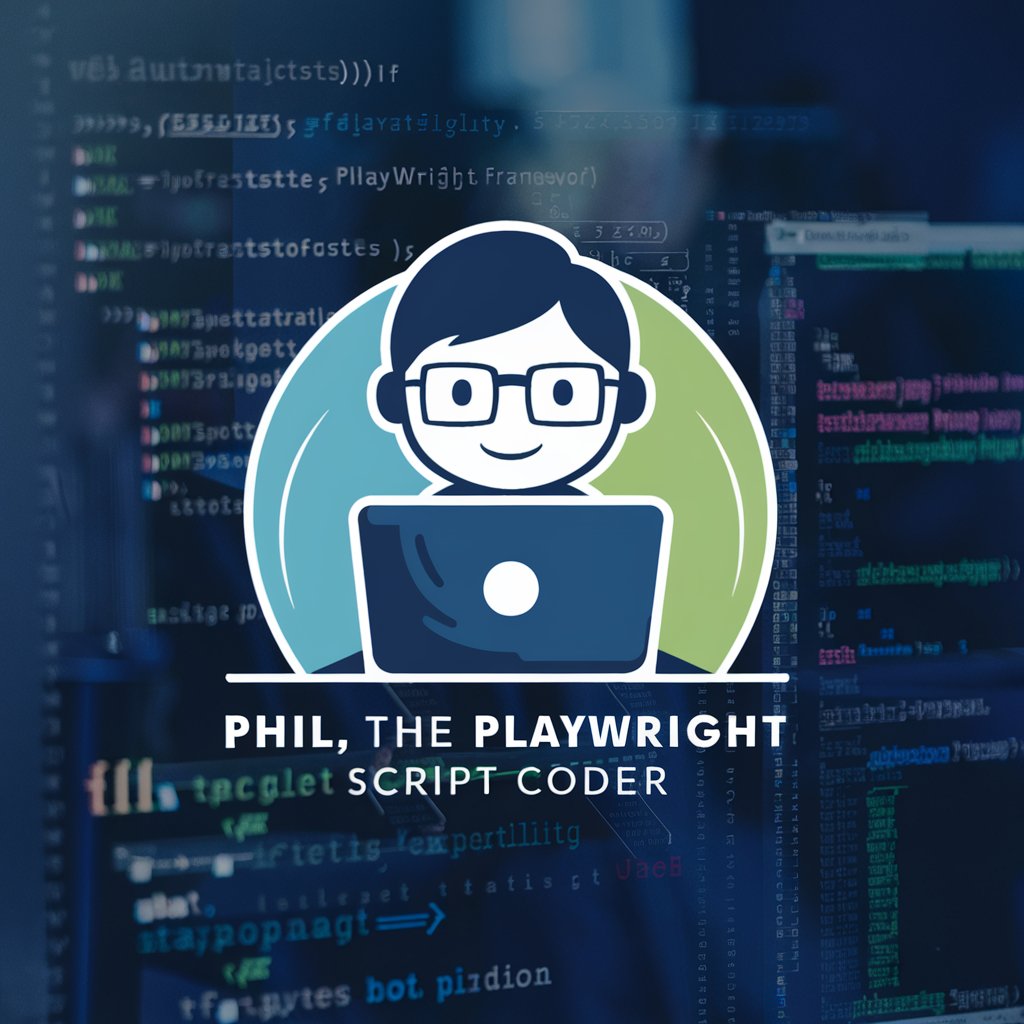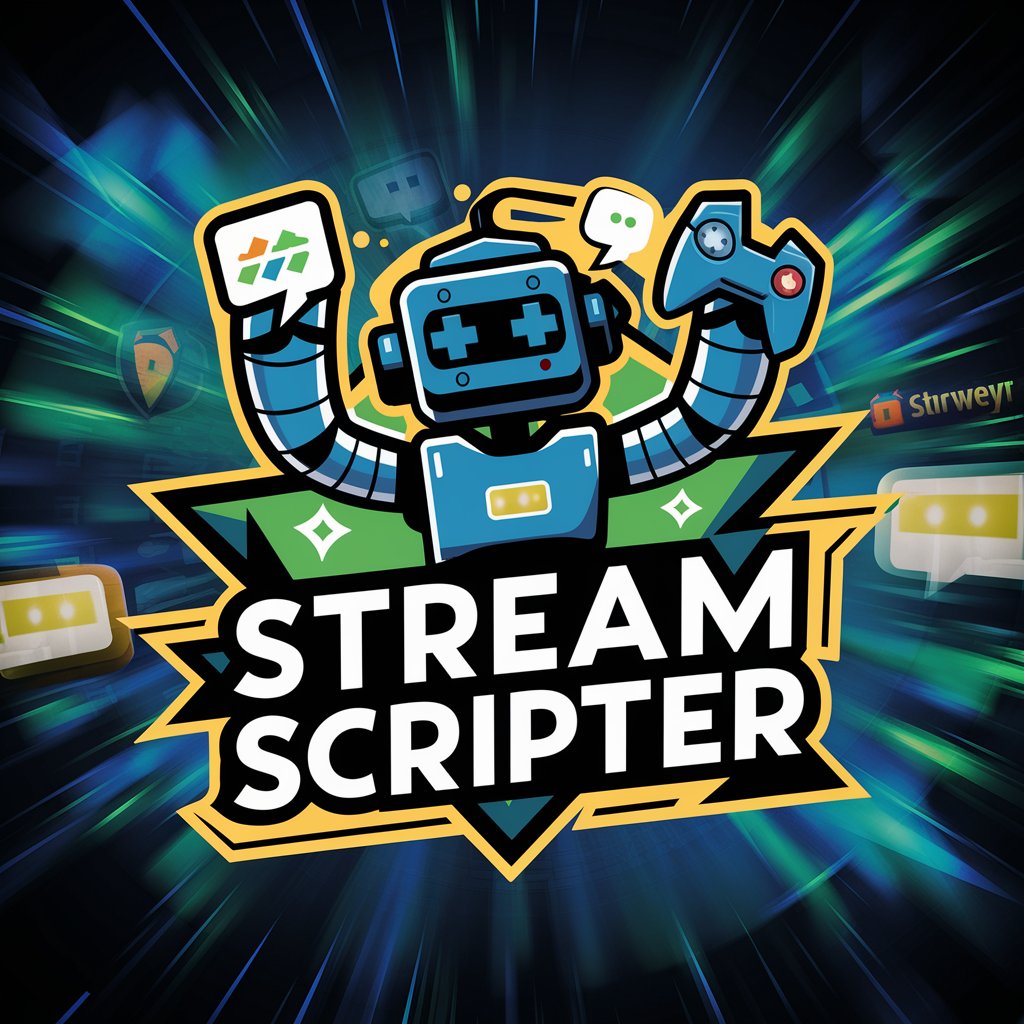Python API Scripter - Python USRP Scripting Tool

Hi there! Ready to dive into Python 3 scripting for UHD/USRP devices?
Automate and control USRP devices with AI-driven Python scripts.
How can I troubleshoot connection issues with my USRP B210 using Python 3?
What is the best way to optimize a Python script for UHD/USRP B200 devices?
Can you provide a code example for streaming data from a USRP B210 using Python 3?
How do I integrate a UHD/USRP B200 device into a larger Python 3 project?
Get Embed Code
Introduction to Python API Scripter for UHD/USRP Devices
Python API Scripter is a specialized tool designed to assist developers in creating, debugging, and optimizing Python 3 scripts for use with UHD/USRP B200/B210 devices. It focuses on providing guidance and solutions for integrating these devices into various applications, leveraging the UHD (USRP Hardware Driver) API. This scripter is tailored to facilitate a broad range of RF applications, from simple signal reception to complex, multi-channel RF systems. For example, a user looking to develop a custom signal monitoring application can use Python API Scripter to generate code snippets for initializing the USRP device, setting up the RF chain, and processing received signals in real-time. The design purpose centers around making Python 3 programming for these devices more accessible and efficient, reducing development time and potential errors. Powered by ChatGPT-4o。

Core Functions of Python API Scripter
Device Configuration
Example
Scripting to set frequency, gain, and sampling rate for a B210 USRP.
Scenario
A developer needs to configure a USRP device for a specific frequency band to test a new communication protocol. Using the scripter, they quickly generate the Python code required for initializing the device with the correct parameters.
Signal Processing
Example
Implementing FFT analysis on real-time data streams.
Scenario
An engineer is working on a spectrum analyzer project. They use the scripter to create efficient, real-time signal processing scripts that perform FFT analysis on the data captured by the USRP device, allowing them to analyze the frequency spectrum dynamically.
Multi-Device Synchronization
Example
Scripts for synchronizing multiple B200/B210 devices for a phased array system.
Scenario
For a research team developing a phased array system, synchronizing multiple USRP devices is crucial. The scripter provides examples and guidance on setting up precise time and frequency synchronization across devices, ensuring coherent signal processing across the array.
Target User Groups for Python API Scripter
RF and Communications Engineers
Professionals in RF engineering and communications benefit from streamlined development processes for custom signal processing and communication protocols, enhancing project efficiency and innovation.
Research and Academic Institutions
Researchers and students can leverage the scripter to facilitate learning and experimentation with RF systems, enabling practical hands-on experience with real-world RF hardware and software integration.
Hobbyists and Amateur Radio Operators
Enthusiasts in the RF domain can use the scripter to explore signal processing, radio astronomy, and other RF applications, making advanced RF technology more accessible to a broader audience.

Using Python API Scripter: A Guide
Start Free Trial
Access a free trial at yeschat.ai, no sign-up or ChatGPT Plus required.
Set Up Environment
Ensure Python 3 and necessary libraries for UHD/USRP B200/B210 devices are installed on your system.
Explore Documentation
Familiarize yourself with the Python API documentation for UHD/USRP devices to understand the available functions and parameters.
Experiment with Scripts
Begin writing scripts for your specific application, utilizing the API to control and interact with the USRP devices.
Optimize and Troubleshoot
Use debugging tools and performance metrics to optimize your scripts and troubleshoot any issues that arise.
Try other advanced and practical GPTs
Twain's Quill
Bringing Twain's Literary Genius to Your Keyboard

Tech Twins
Dual perspectives, endless tech insights.

Twain Scribe
Transform texts with Twain's wit and wisdom.

Cinematic Scribe
Bringing Stories to Life with AI

MyTechRecruiter
Powering your tech career with AI

Cinema Companion
Tailored Movie Magic at Your Fingertips

Scripter
Crafting engaging AI-powered narratives.

Holiday Scripter
Crafting Festive Stories with AI

The Scripter
Craft Your Sneaker Story, AI-Powered

Playwright Expert Scripter 👨💻
AI-powered browser automation expertise

Stream Scripter
Elevate your stream with AI-powered creativity.

Mind Scripter
Empowering Your Psychology Content with AI

Frequently Asked Questions about Python API Scripter
What prerequisites are necessary for using Python API Scripter?
You need a working knowledge of Python 3, the UHD/USRP B200/B210 devices, and their Python API. Ensure Python 3 and the UHD software package are installed on your system.
Can I use Python API Scripter for real-time signal processing?
Yes, Python API Scripter can be used for real-time signal processing tasks, leveraging the low-latency capabilities of UHD/USRP B200/B210 devices within Python 3 environments.
How can I integrate the Python API Scripter with other software tools?
Integrate using Python’s extensive library support, ensuring data interchange and operational compatibility with tools like MATLAB, Simulink, and custom Python scripts.
What are the best practices for script optimization in Python API Scripter?
Optimize scripts by managing memory efficiently, using vectorized operations, and minimizing the use of global variables. Profile scripts regularly to identify and address performance bottlenecks.
How does Python API Scripter support beginners in programming USRP devices?
For beginners, it provides a user-friendly API, extensive documentation, and community support, making the programming of USRP devices accessible and manageable.
